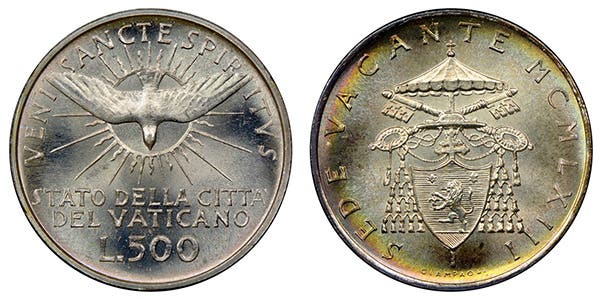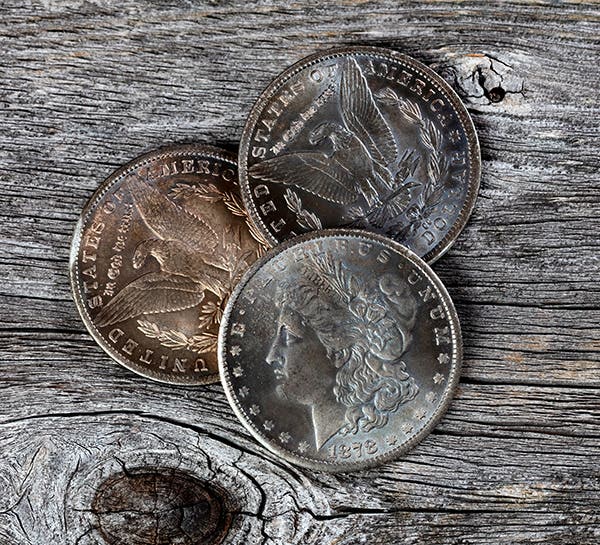Community Voice Responses (December 11, 2018)
From the Nov. 16 Numismatic News E-Newsletter: Is collecting old Spanish silver bars like coins a good investment? Here are some answers sent from our e-newsletter readers to Editor Dave…
From the Nov. 16 Numismatic News E-Newsletter:
Is collecting old Spanish silver bars like coins a good investment?
Here are some answers sent from our e-newsletter readers to Editor Dave Harper.
I’m not sure it’s as good as an investment. Perhaps a few as a collectible, but that is all. More recent silver may be the trick for investment. Views from the Numismatic Team will be interesting in a future column. The average thought is welcome on this. Please give the views when asked for it!
Gary Kess
Sherman, Texas
Spanish Colonial treasure ingots in gold, silver and mixed “tumbaga” are historically important and certainly worth owning. They are not coins in the traditional sense but are the feedstock from which Spanish, Spanish-American and European coins were made. However, some of the ingots in both gold and silver were cut down into pieces and carried official marks of authorization. These pieces known as oro corriente (gold pieces, segments) and plata corriente (same but silver) served as coins and were exchanged by weight and purity, which I believe is the way U.S. gold coins started out in the 1790s (unmarked value). I think they are good investment but not as bullion because I wouldn’t consider melting them down even though their bullion value is easily calculated. The large Atocha ingots have gone from 20 percent premium (1.2x melt) for highly corroded examples, which I’ve seen at large coin shows some 20 years ago, to 2x and now 4x for better condition and more interestingly marked.
Even though I’m opposed to melting down these Colonial ingots, some have been melted and turned into souvenir coins and jewelry. Hopefully if the premiums hold or increase, there will be less rationale for melting them down.
Personally, my high school history taught us about the Aztec (and other tribes’) treasure and that the conquistadors “captured” it and shipped it back to Spain. The tumbaga bars are examples of that very early treasure, I assume artifacts, which was melted down in primitive field conditions into unrefined crude ingots, stamped with official marks and assay marks. After the tumbaga bars were discovered and identified to be the actual conquistador treasure, I tried to contact my old high school teacher Norman Nelsen, but he had since passed away, so he never learned about them or about the seed of interest he planted in me. Daniel F Sedwick’s recent “Treasure Auction 24” had an example of the tumbaga ingots, ref. lot 254. In my opinion, the Spanish Colonial cobs, ingots, and corriente are all very collectible. Since the coins were the circulating money in the U.S., they should be collected by U.S. collectors.
Herman Blanton
Address withheld
This article was originally printed in Numismatic News Express. >> Subscribe today
If you like what you've read here, we invite you to visit our online bookstore to learn more about Coins Magazine.
NumismaticNews.net is a participant in the Amazon Services LLC Associates Program, an affiliate advertising program designed to provide a means for sites to earn advertising fees by advertising and linking to Amazon.com and affiliated websites.








